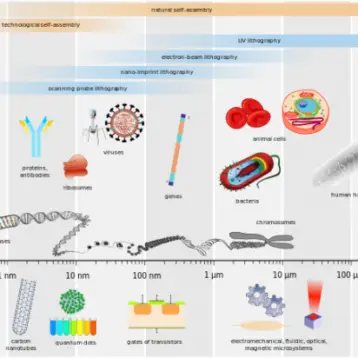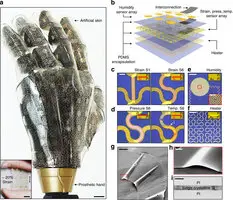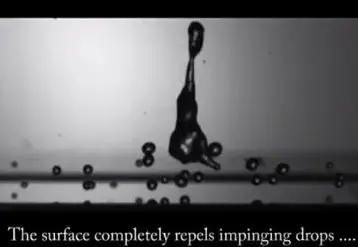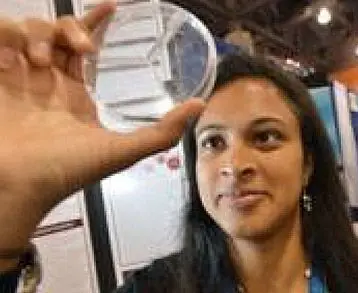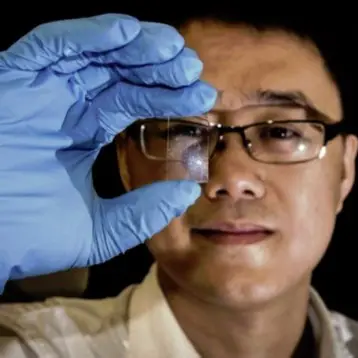|
Carbon nanotubes, long thin cylinders composed entirely of carbon atoms, have diameters in the single nanometer range, but they can be up to centimeters in length. Composed of strong carbon-carbon bonds, carbon nanotubes are very robust and resistant any kind of deformation. While the properties of other single-element materials are obvious — gold is a metal and silicon is a semiconductor – carbon nanotubes have a sort of dual personality not found in other materials made from a single element. Their uniqueness lies in the fact that they can be either metallic or semiconducting.
Francois Leonard, a researcher at Sandia National Laboratories, explains that this results from the actual structure of the carbon nanotube. The way the atoms are arranged around the tube determines the tube’s electronic properties. As a theoretical physicist, Leonard has been working in uncharted territory. From the beginning, he has worked on modeling approaches to understand how carbon nanotubes might behave in certain applications.
|
“A carbon nanotube creates a transistor that is only one nanometer wide,” says Leonard. The semiconducting side of carbon nanotubes holds promise in the development of new nanoelectronic devices. “This makes it possible, in principle, to achieve very high device densities compared with the current state of the art.” Researchers have demonstrated the ability to assemble such devices with a single carbon nanotube. Another potential use is in chemical and biological sensors. Due to their small diameter, these nanotubes can serve as very sensitive detectors, with the ability to detect a single molecule of a target substance. DNA detection has also been demonstrated. Currently, Leonard is leading a team to develop optical detection using carbon nanotubes, utilizing their unique electronic properties that favor light absorption.
In addition to carbon nanotubes, Leonard is interested in electronic transport in other nanostructures — carbon nanotubes as well as nanowires and single molecules. The questions researchers want to answer are how does current pass across nanostructures, and how is the transport of electrons different in carbon nanotubes than in other conventional materials?
TFOT recently covered the physics of carbon nanotubes as well as the development of super carbon nanotubes and their use as ultra sensitive sensors.
More about carbon nanotubes can be found on the Sandia National Laboratories website.




